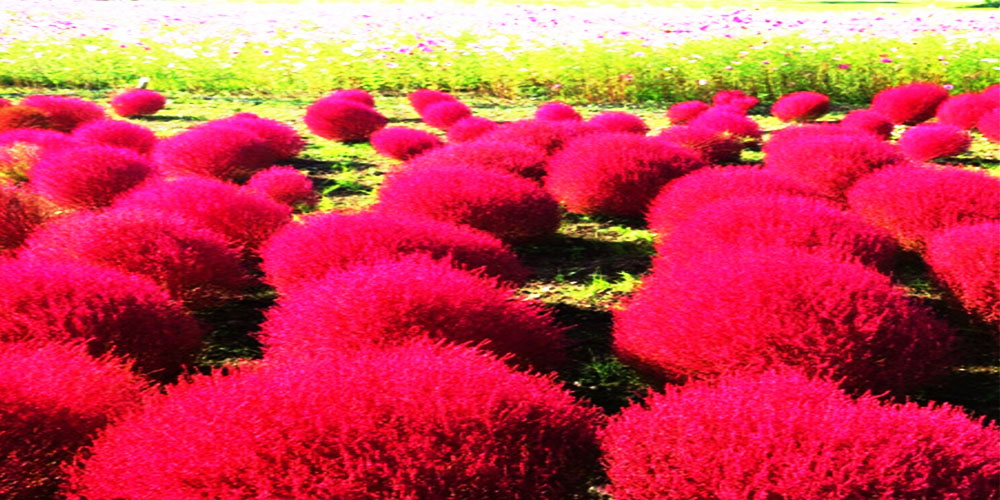We do shipping of our products WORLDWIDE.
ALL OUR PRODUCTS ARE PACKED BY VISUALLY HANDICAPPED
100% NATURAL PLANT SCENT ESSENTIAL OILS


It was distributed in Asia [Armenia, Azerbaijan, Russian Federation, China, Japan, Korea, Kazakhstan, Kyrgyzstan, Tajikistan, Turkmenistan, Uzbekistan, Nepal, Cyprus; Turkey, Iraq, Kuwait, Saudi Arabia, Afghanistan, Pakistan, Iran, Palestine], Europe [Russian Federation-European part, Belarus, Moldova, Ukraine, Austria, Czech Republic, Germany, Hungary, Poland, Slovakia, Switzerland, Albania, Bulgaria, Croatia, Greece, Italy; Macedonia, Romania, Serbia, Slovenia], Africa [Morocco]; Australasia [Zealand]; Northern America [Canada, United States]; Southern America [Argentina], and it was widely cultivated[16].
It is an erect, annual herbaceous plant that forms rounded bushes up to 7 ft [2.1 m] tall. The roots can grow at least 8 ft [2.4 m] deep and can have at least an 8 ft [2.4 m] horizontal radius. The alternate leaves are simple and linear to narrowly ovate with entire margins fringed with hairs. They can be up to 2.2 in [5.5 cm] long.
They are sessile or have a very short petiole. They have 1-5 prominent veins. The flowers are held in a spike inflorescence. It is formed by clusters of inconspicuous, green, petal-less, stalkless flowers that grow in the axils of reduced leaves. Fruit: The fruit usually has knobby lobes or short horizontal wings. Seeds are egg-shaped, flattened, and about 0.04-0.08 in [1–2 mm][18].
The antiaging effect of a mixture of extracts of Kochia scoparia and Rosa multiflora was studied in photoaging skin.
Eighteen-week-old hairless mice were irradiated with UVA 14 J/cm2 and UVB 40 mJ/cm2 three times a week for 8 weeks.
A mixture of extracts of Kochia scoparia and Rosa multiflora [KR] was topically applied on the dorsal skin of photoaging mice twice a day for 8 weeks. Tesaglitazar, a known PPAR α/γ agonist, and vehicle.
[propylene glycol: ethanol = 7:3, v/v] were applied as positive and negative controls, respectively. Dermal effects [including dermal thickness, collagen density, dermal expression of procollagen 1 and collagenase 13] and epidermal effects [including skin barrier function, epidermal proliferation, epidermal differentiation, and epidermal cytokines] were measured and compared.
In photoaging murine skin, KR resulted in a significant recovery of dermal thickness as well as dermal fibroblasts, although it did not change dermal collagen density. KR increased the expression of the dermal transforming growth factor [TGF]-β.
The dermal effects of KR could be attributed to an increase in procollagen 1 expression, induced by TGF-β, and a decrease in MMP-13 expression. KR did not affect basal transepidermal water loss or stratum corneum integrity but did decrease stratum corneum hydration.
It also did not affect epidermal proliferation or epidermal differentiation. KR also decreased the expression of epidermal interleukin [IL]-1α[39].
The 70% ethanol extract [KS-ext] from Kochiae Fructus [dried fruits of Kochia scoparia L.] was screened for activity in experimental models of type I-IV allergy. In type I allergic models, KS-ext at doses of 200 and 500 mg/kg, po. exhibited an inhibitory effect on 48-h homologous passive cutaneous anaphylaxis [PCA] in rats, which was related to IgE, and 1.5-h heterologous PCA in mice, which was related to IgG.
In a type III allergic model, KS-ext showed an inhibitory effect on direct passive arthus reaction [DPAR] in rats, while it had no inhibitory effect on reversed cutaneous anaphylaxis [RCA] in a type II allergic model. KS-ext had an inhibitory effect on the effector phase in picryl chloride-induced contact dermatitis [PC-CD] in a type IV allergic model.
Also, its anti-pruritogenic component, momordin Ic [oleanane saponin] exhibited inhibitory effects on 48-h homologous PCA and PC-CD[22]. The antipruritogenic effect of the 70% ethanol extract of Kochiae Fructus and its active components were investigated on a compound 48/80-induced pruritogenic model in male mice. The extract [200, 500 mg/kg, po.] inhibited the scratching behavior as a pruritogenic indicator.
Oleanolic acid oligoglycoside, momordin Ic, isolated from the extract also exhibited the inhibition[42]. The role of a K. scoparia fruit ethanolic extract [KSEE] in allergic airway inflammation was investigated in a mouse asthma model.
Intragastric administration of KSEE significantly attenuated OVA-induced influx of total leukocytes, eosinophils, neutrophils, macrophages, and lymphocytes into lungs, as well as attenuating levels of interleukin IL-4 and IL-5 in a dose-dependent manner.
KSEE also significantly reduced the serum levels of total and OVA-specific immunoglobulin IgE and OVAspecific IgG1 release into the airspace.
Histological studies showed that KSEE inhibited OVA-induced lung tissue eosinophilia and airway mucus production. Immunoreactivity showed that KSEE markedly attenuated the OVA-induced increase in expression of ICAM-1, VCAM-1, and MMP-9[43].
he fruit of Kochia scoparia (L.) Schrad., which is also designated Bassia scoparia, Bassia sieversiana or Kochia alata, is administered to treat skin diseases, diabetes mellitus and rheumatoid arthritis in Chinese and Korean traditional medicine (6,7).
Furthermore, it is frequently administered to treat urticaria in Taiwan (8). Previous studies have indicated that K. scoparia and its components exert anti-inflammatory (9) and anti-allergic (10,11) activities. Choi et al (12) recently reported that the water extract of K. scoparia inhibits the development of CD in mice.
It helps to cure the pain of pimples, eczema, and scabbies. The fruits are used to treat conjunctivitis.
Recent Comments